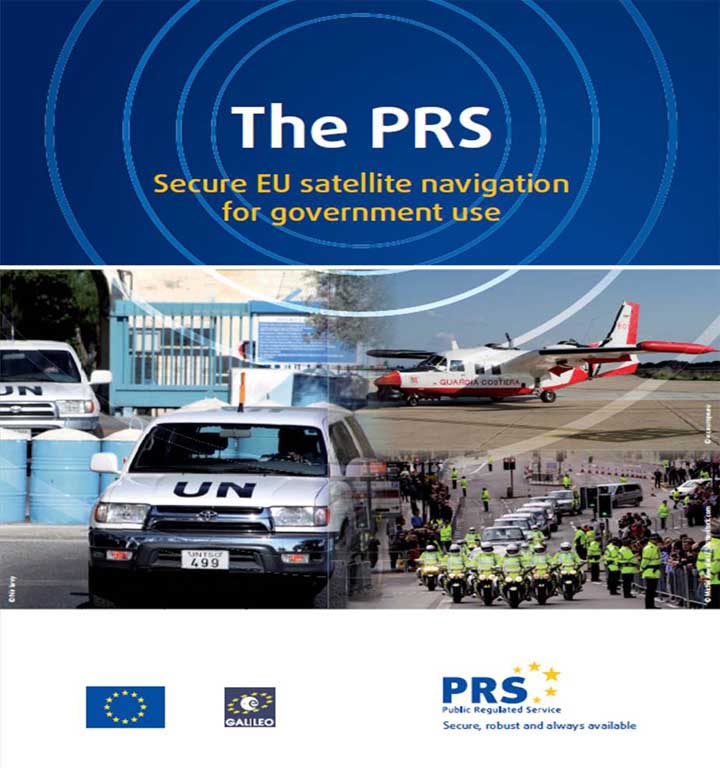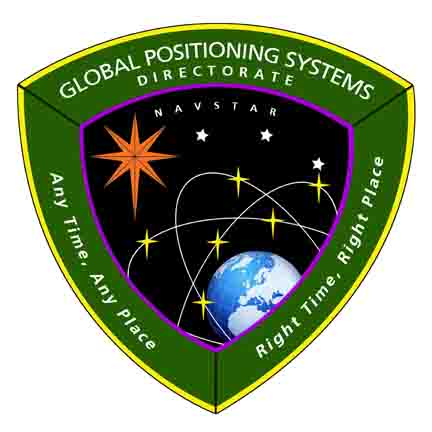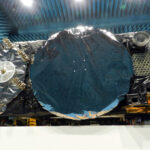GPS’s widespread success has increased the use of and reliance on positioning, navigation, and timing (PNT) technologies to support all kinds of civil applications. Among others, these include emergency operations, critical transport guidance, tracking of hazardous goods, and synchronization of radio communications and energy supply networks.
GPS’s widespread success has increased the use of and reliance on positioning, navigation, and timing (PNT) technologies to support all kinds of civil applications. Among others, these include emergency operations, critical transport guidance, tracking of hazardous goods, and synchronization of radio communications and energy supply networks.
With Europe’s Galileo system under development, it’s time to consider how that system’s planned Public Regulated Service (PRS) will add value to Europe’s overall GNSS program. PRS is designed to provide position and timing to specific users requiring a high continuity of service, with controlled access ensured by encryption of the ranging codes and data. The sidebar, “Galileo Menu of Signals,” describes the full suite of Galileo’s services.
This article will outline the potential benefits that a secure GNSS signal will have for agencies and organizations involved in public safety and security and describe work under way to identify and inform prospective users of PRS.
Demonstrated Need
On one hand, PRS will provide continuity of PNT service for GNSS-dependent, critical applications in day-to-day operations; on the other hand, it will potentially enable access restriction of GNSS capabilities to authorized users only.
Why is this necessary?
Open GNSS services still have major weaknesses, including very low signal power. (Picture a 40-watt light bulb seen from 20,000 kilometers — or 12,427 miles — away.) This makes them vulnerable to unintentional interference and malicious jamming. Many examples of critical signal loss or jamming have been noted in the last decade, and these are likely to increase proportionately to GNSS popularity.
In December 30, 1997, for example, a Continental trans-Atlantic flight lost all GPS signals as it descended for landing in New Jersey. Officials at Continental Airlines originally believed that the flight had been subject to intentional military jamming exercises, but later investigation revealed that the interference was actually due to a U.S. Air Force test gone awry. The source of the 200-kilometer “interference zone” was a GPS antenna with a 5-watt signal, stepping through frequencies.
In other cases, the causes are less benign. Hostile or malicious GNSS jammers are indeed proliferating, boosted by low prices and do-it-yourself information on GNSS.
As a critical infrastructure, GNSS is a likely target for hostile organizations. The capabilities offered by GNSS to hostile users should also not be ignored.
In addition to the terrorist threat, hackers may experiment with degradation of GNSS for personal entertainment in the same way that they have attacked many websites on the Internet. This results in a risk of loss of PNT capabilities for any user of open GNSS services lacking appropriate mitigation capabilities.
Moreover, publicly available signal structures and interface control documentation make open GNSS services easy to replicate spuriously. Existing GNSS infrastructures do not allow users to authenticate signals readily and in real-time, rendering them vulnerable to spoofing, the broadcast of fake GNSS-like signals, and meaconing, the rebroadcast of same GNSS signals to create confusion.
In this context, the need to have an enhanced, asymmetric, global PNT capability arises for a variety of users who do not have access to the secured, military GPS signal.
Introducing PACIFIC
The PACIFIC project involves 20 companies from more than 14 European countries and was established in the context of the Galileo research and development activities. . . [the] acronym stands for "PRS Application Concept Involving Future Interested Customers" and addresses a clear need to foster the development of the PRS user segment. . .
Since September 2006, this consortium, led by the European GNSS Supervisory authority (GSA) and EADS Astrium Services, has been working on developing an understanding of PRS users including technological and organizational aspects within an appropriate security framework.
For the rest of this story, please download the complete article using the PDF link above.






